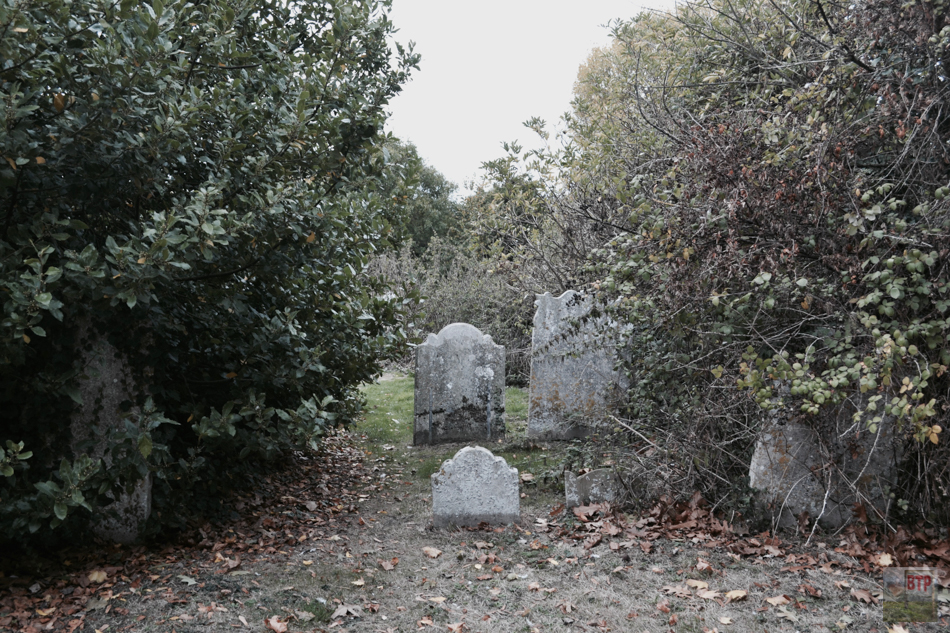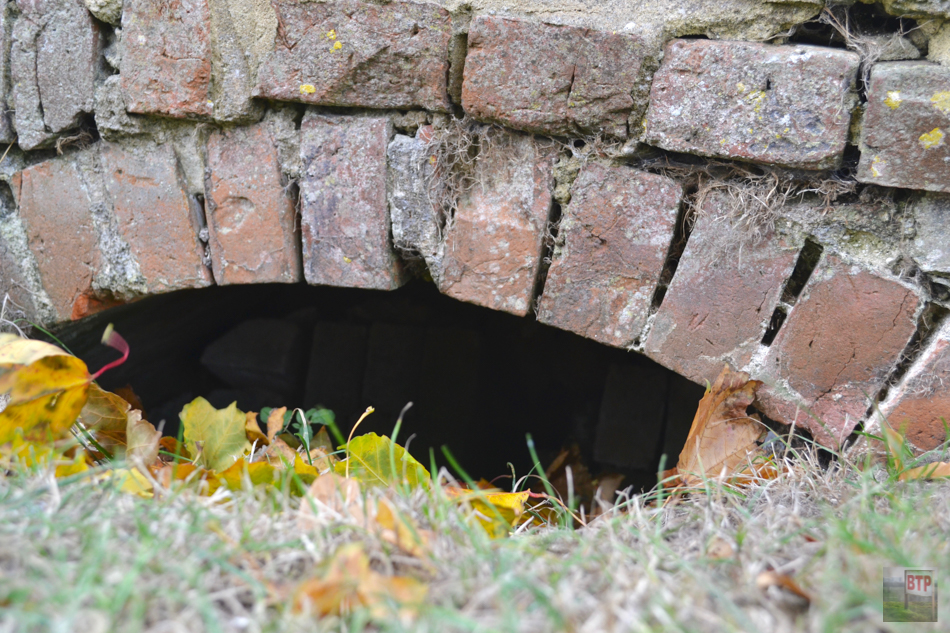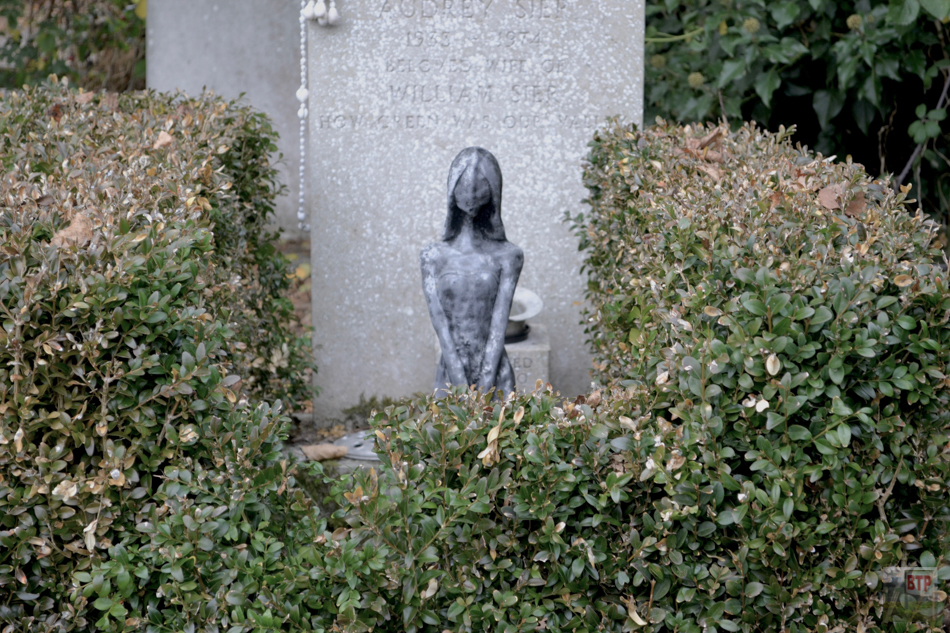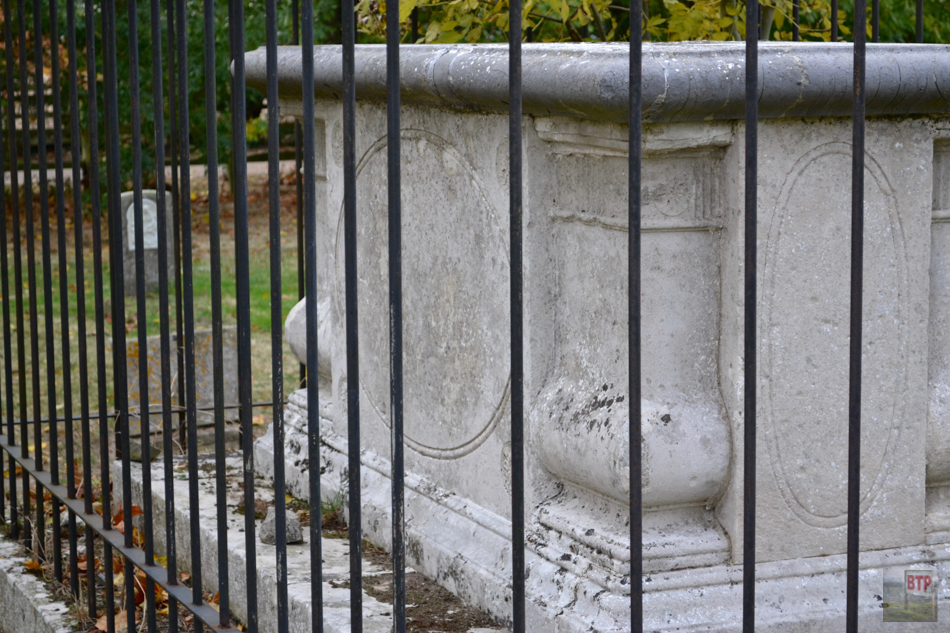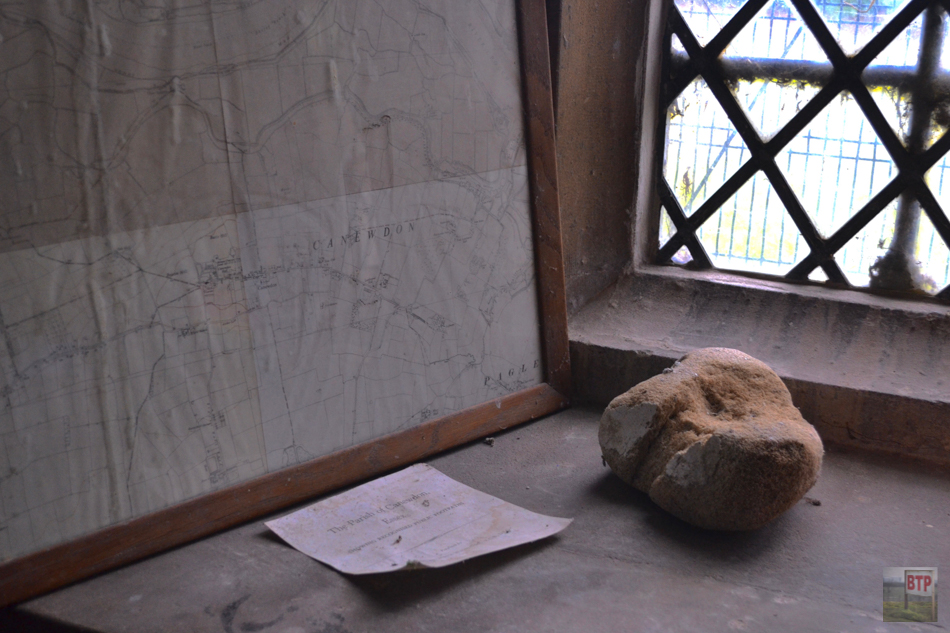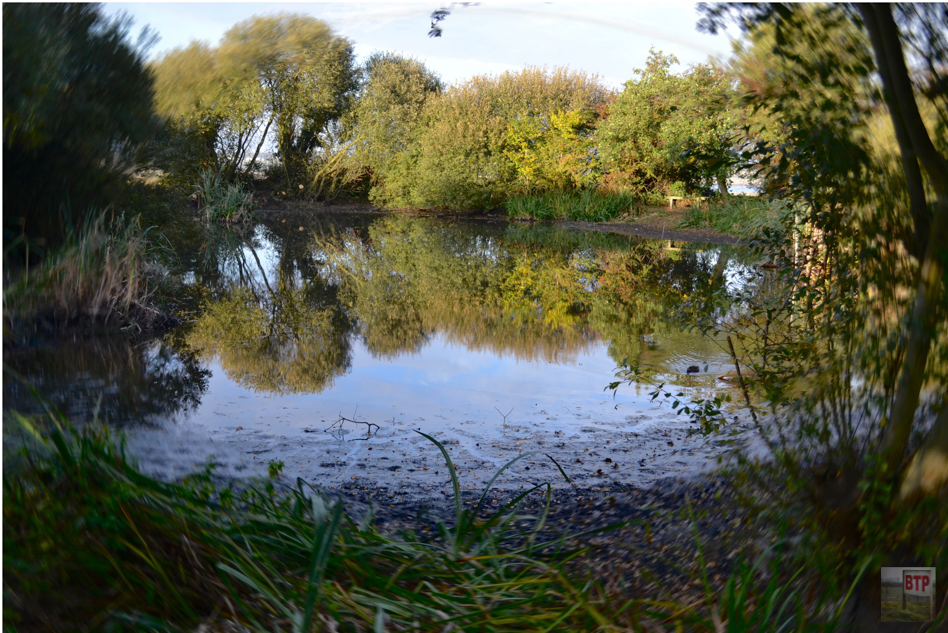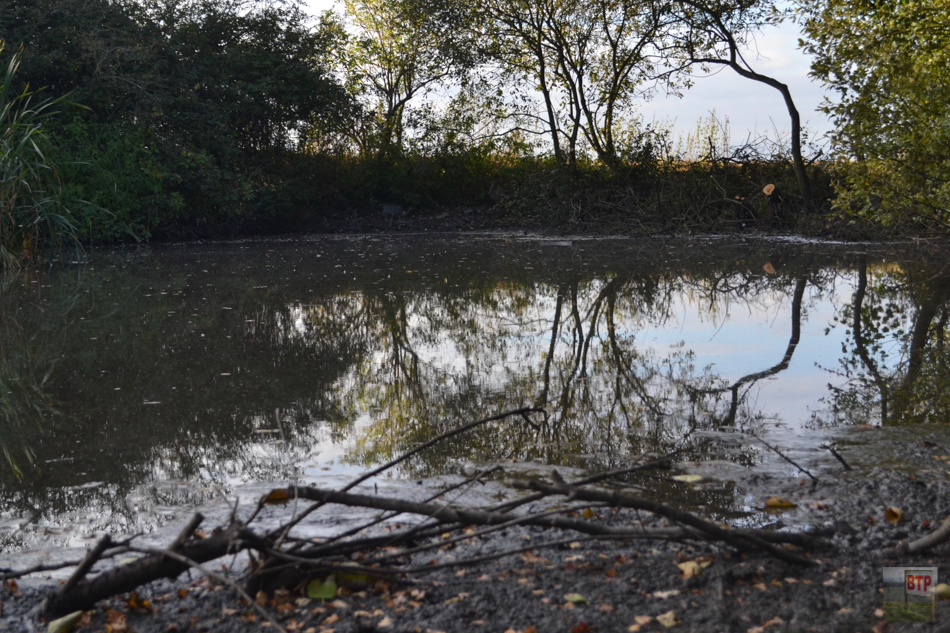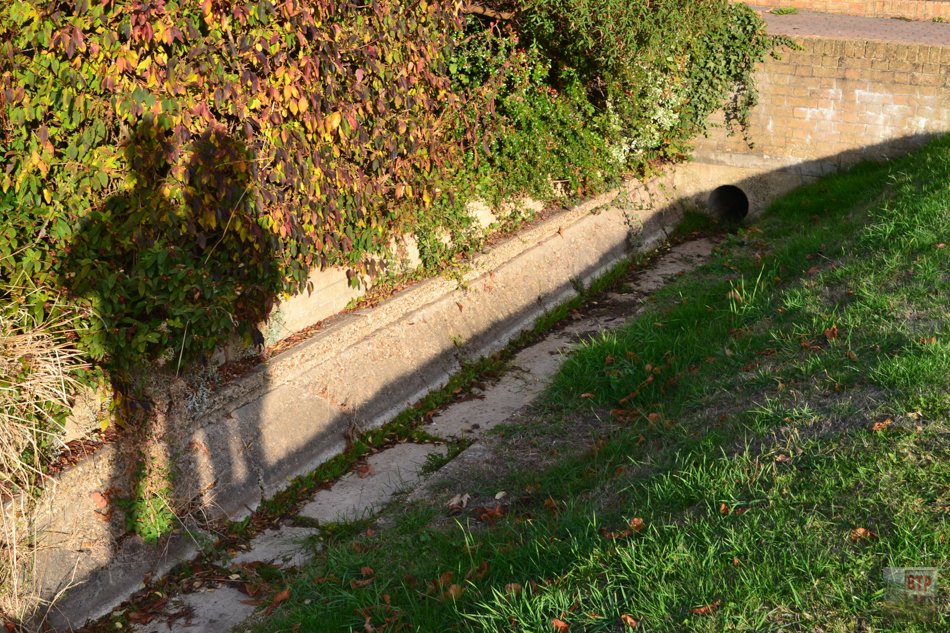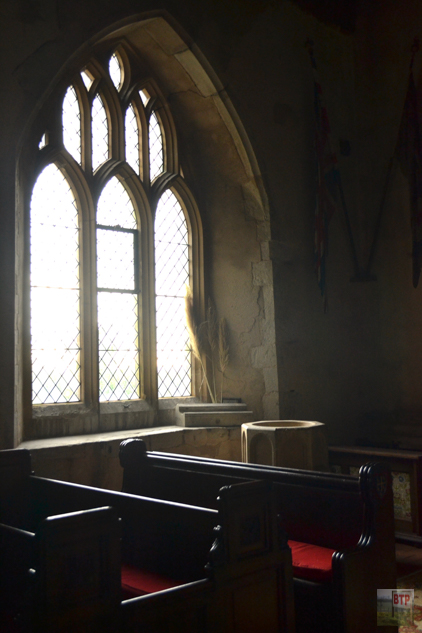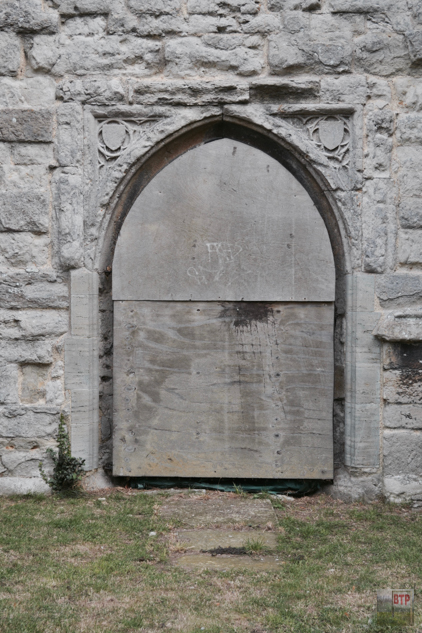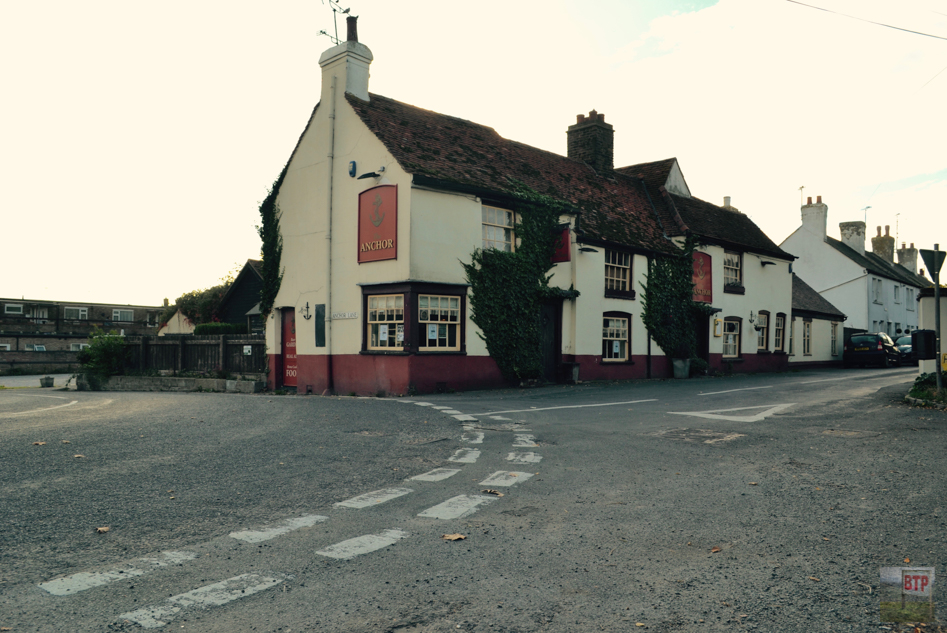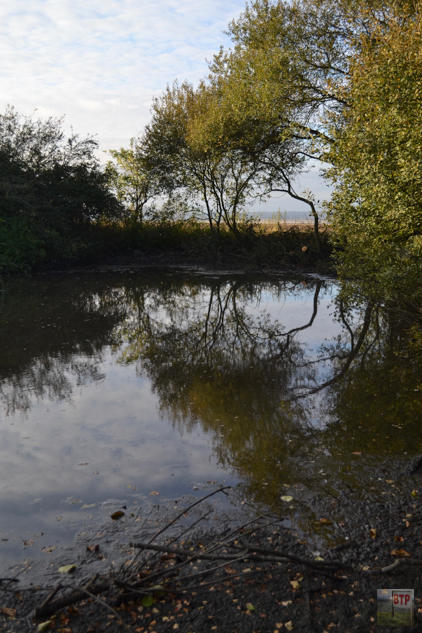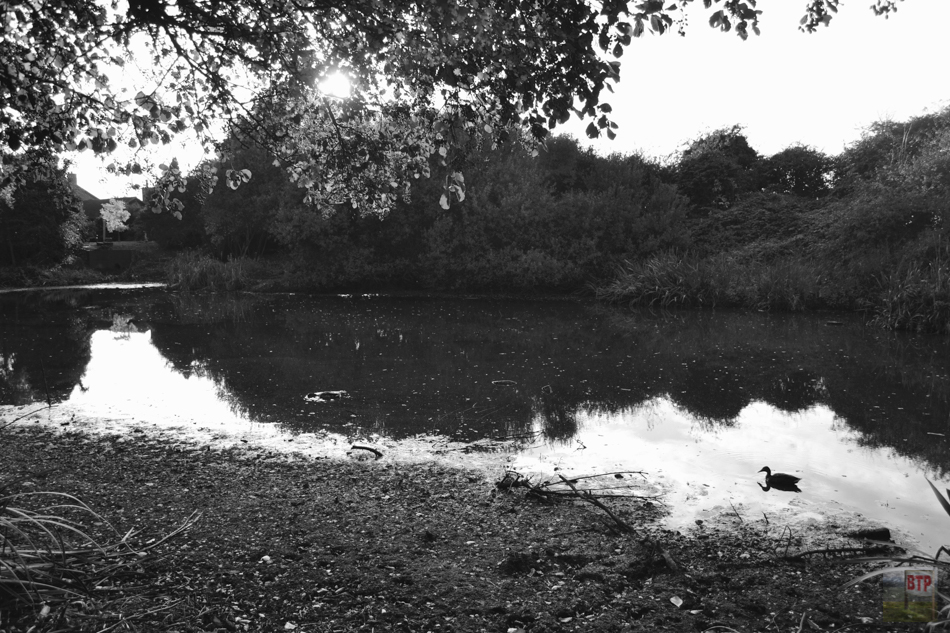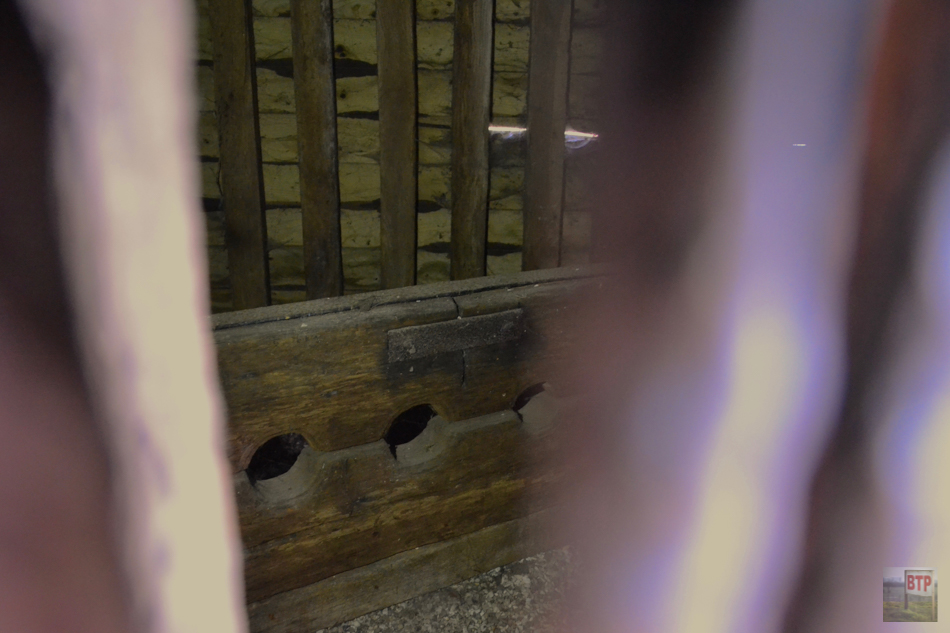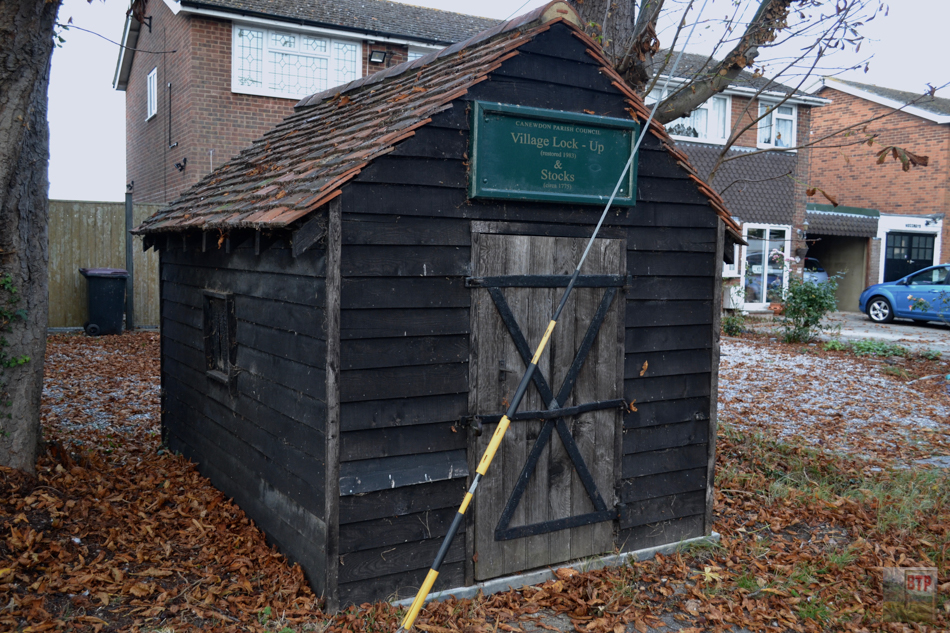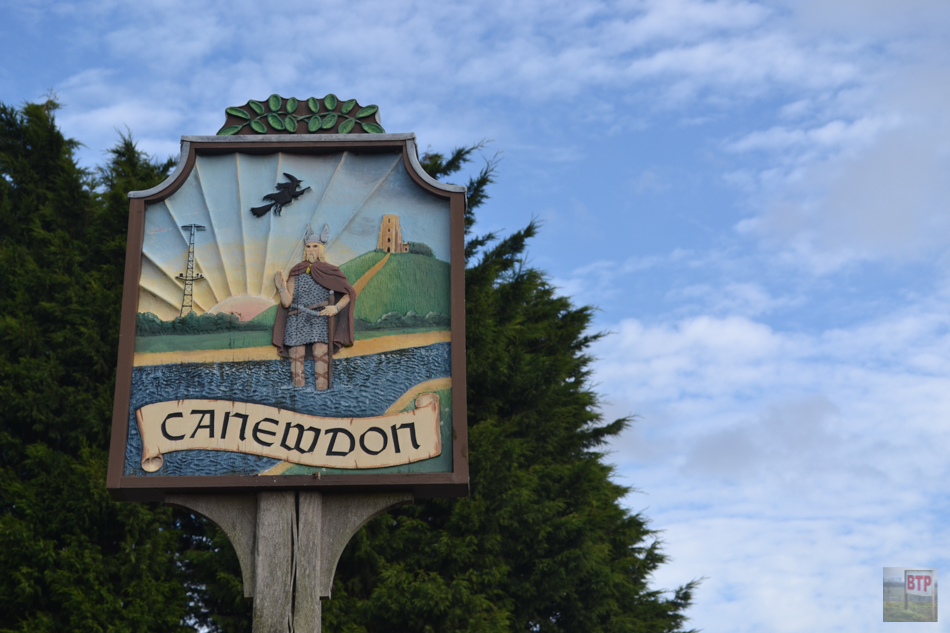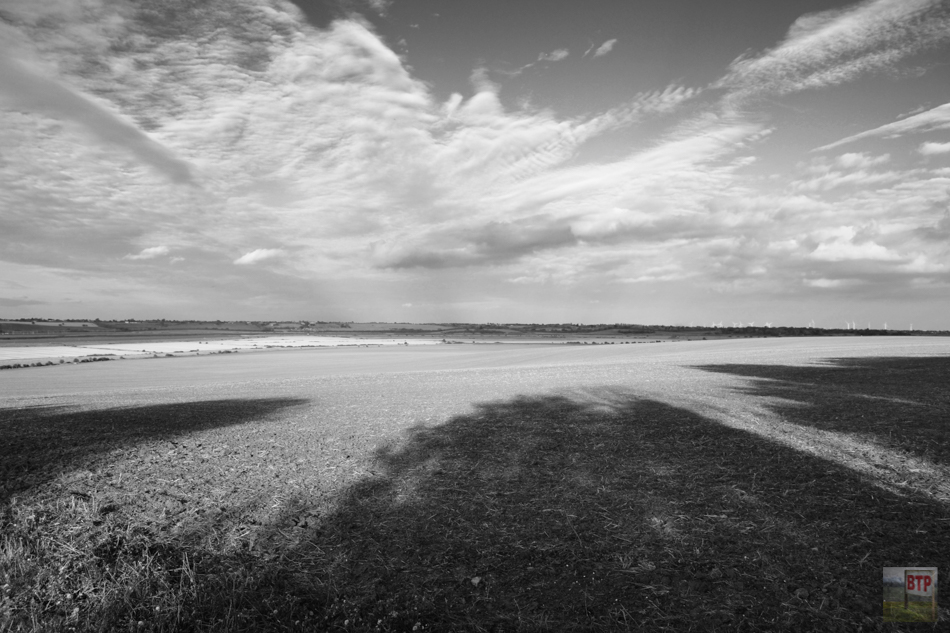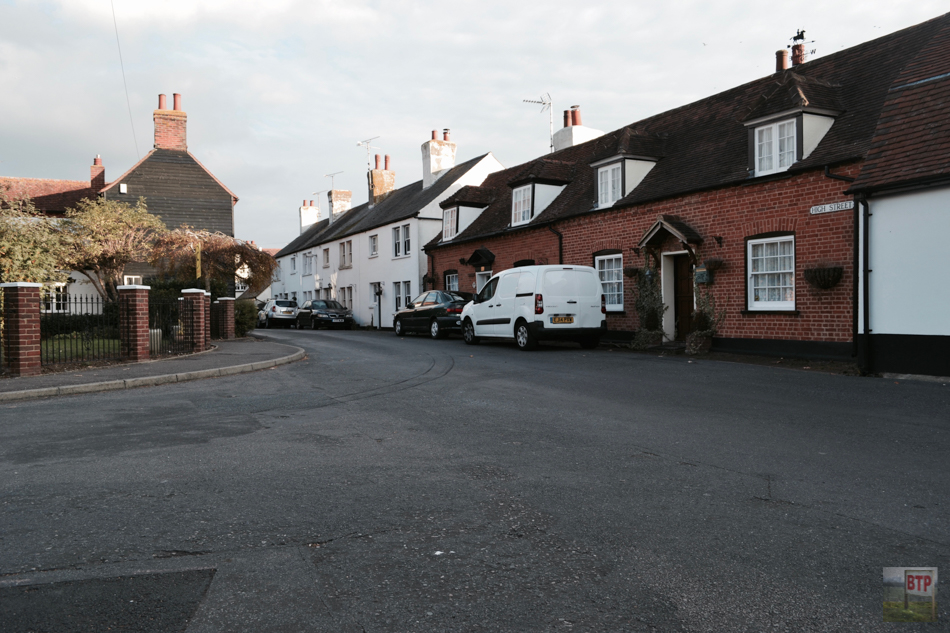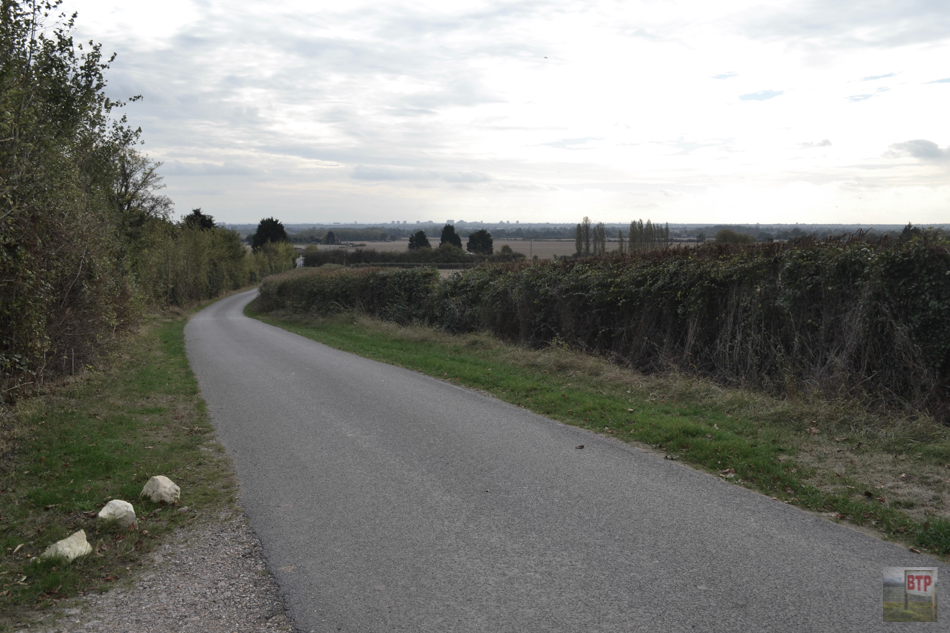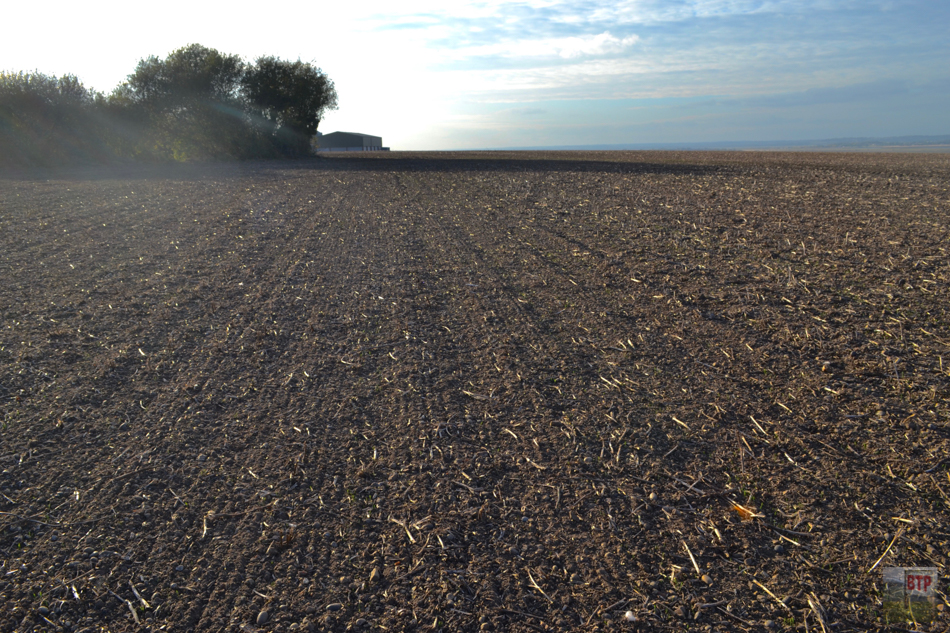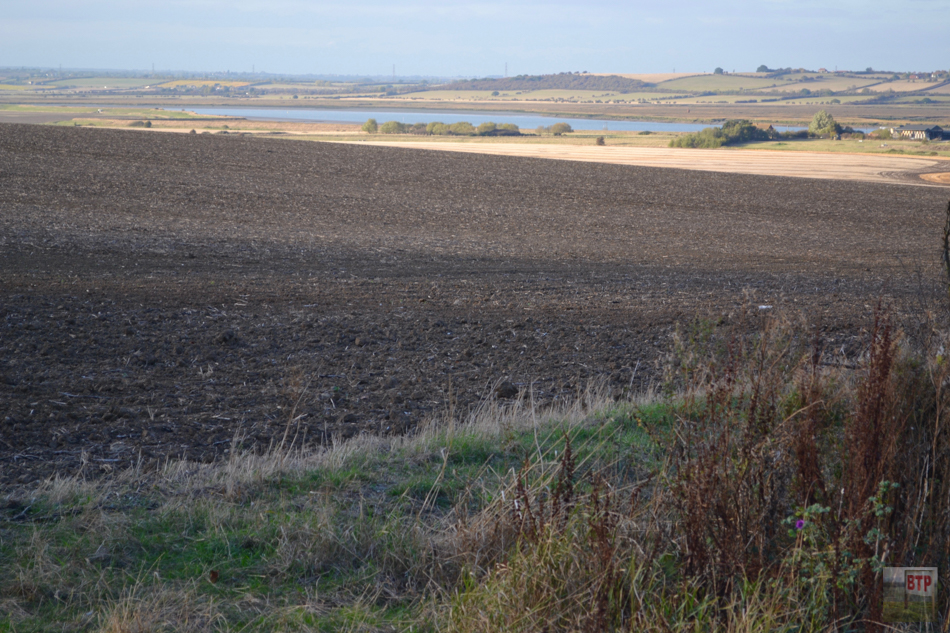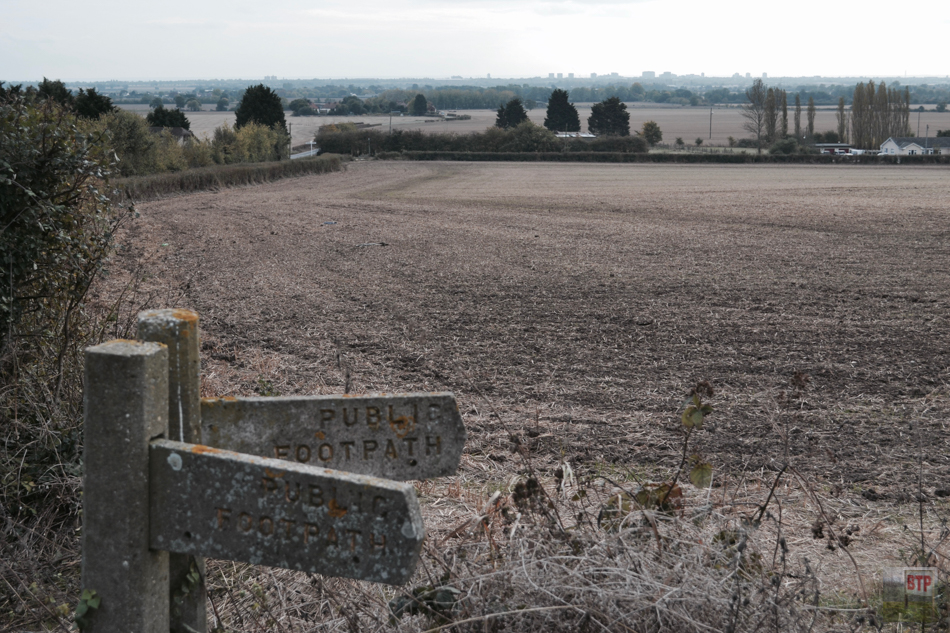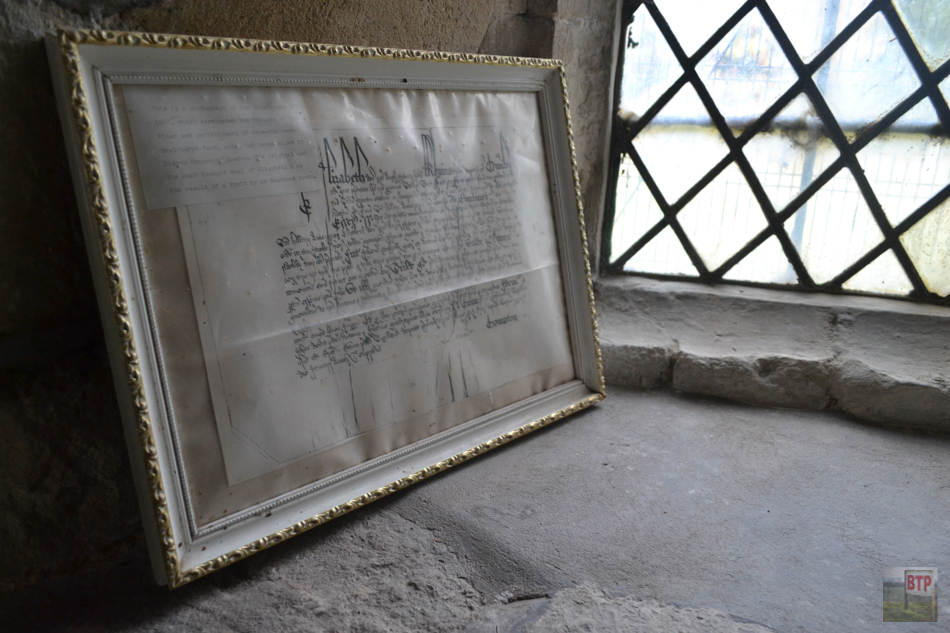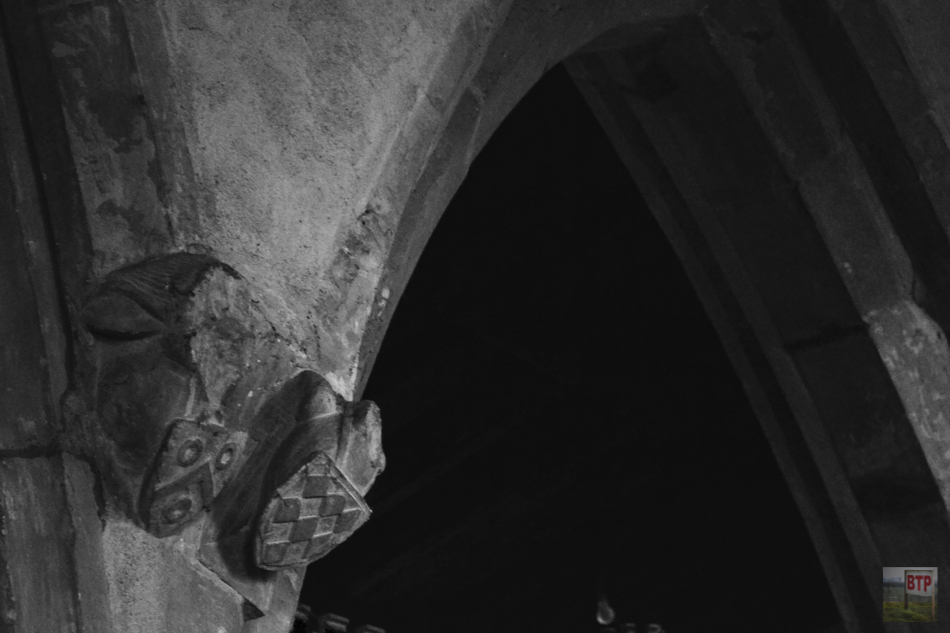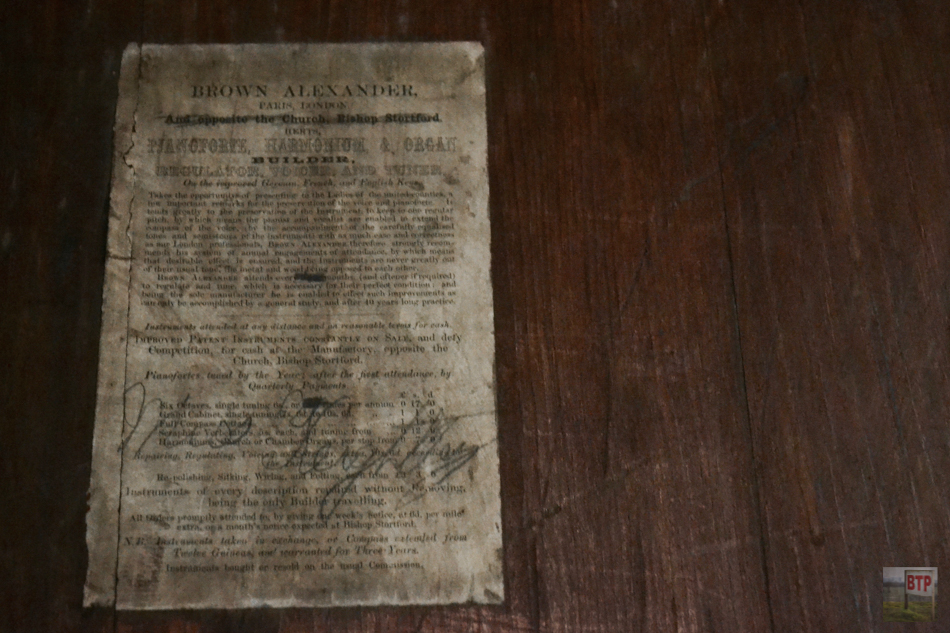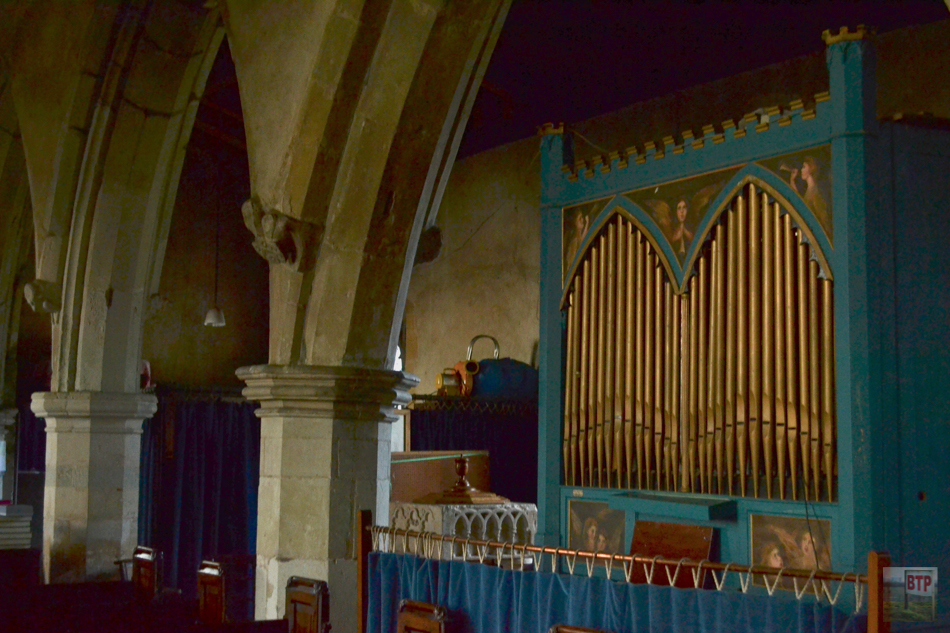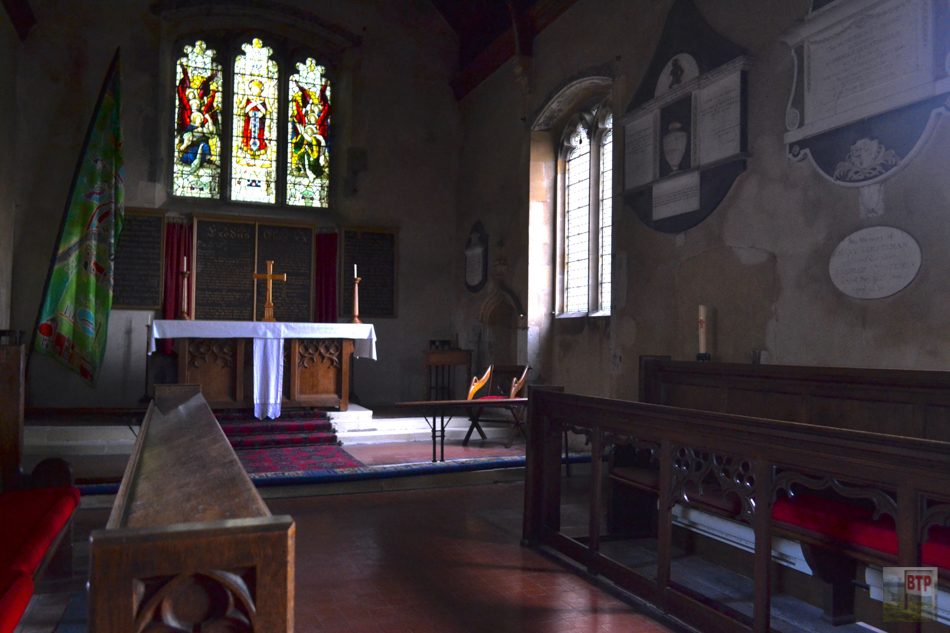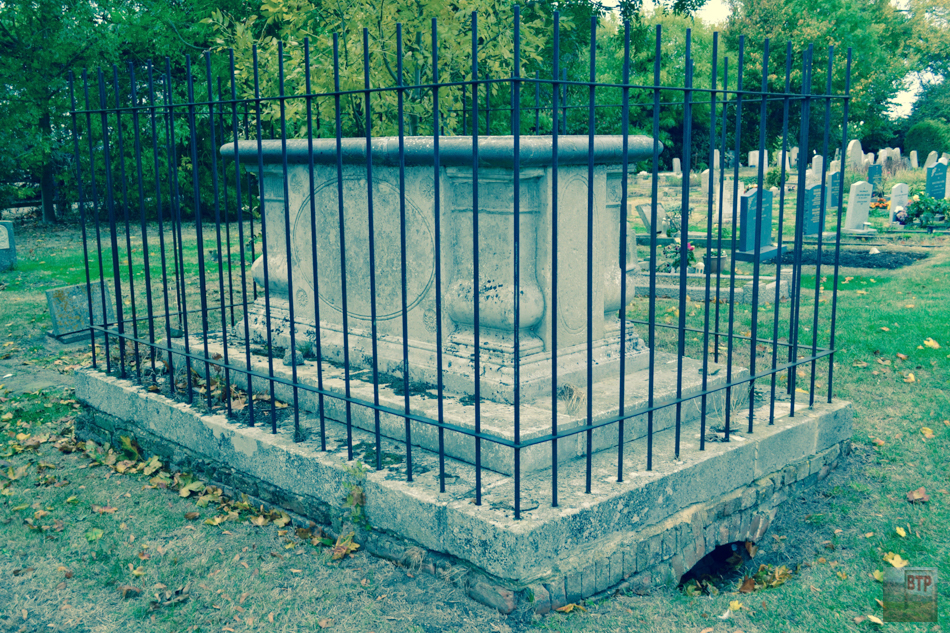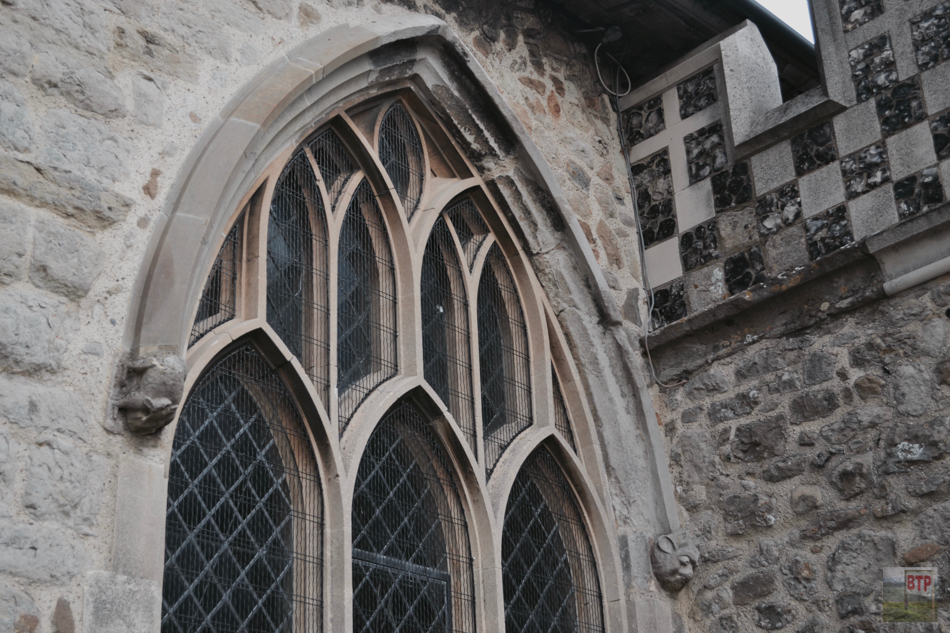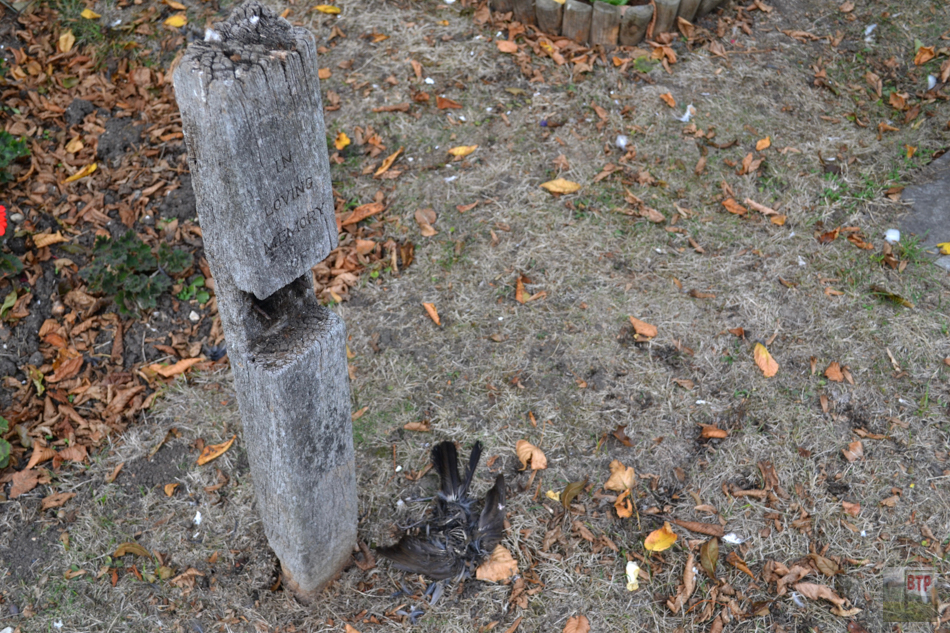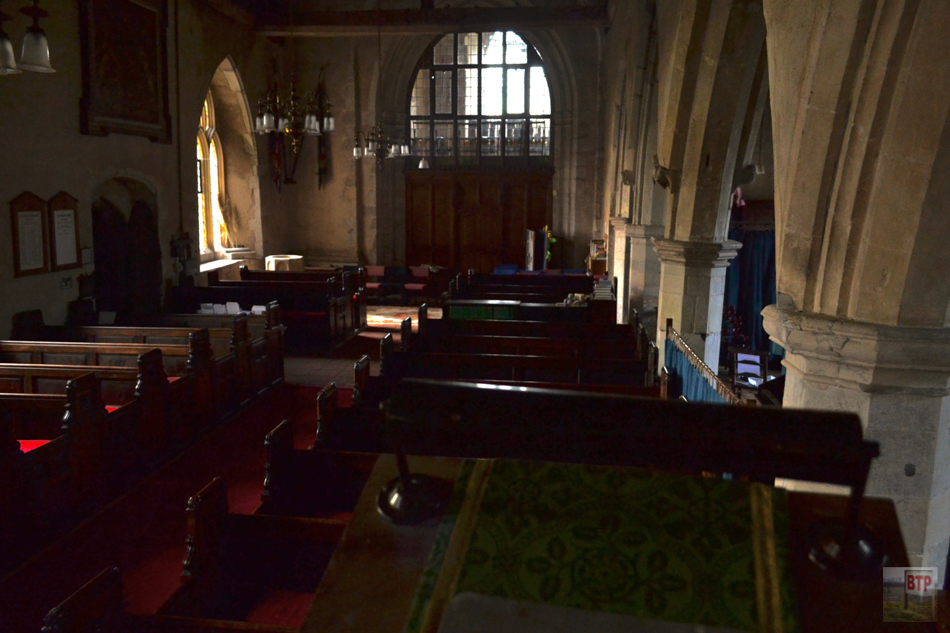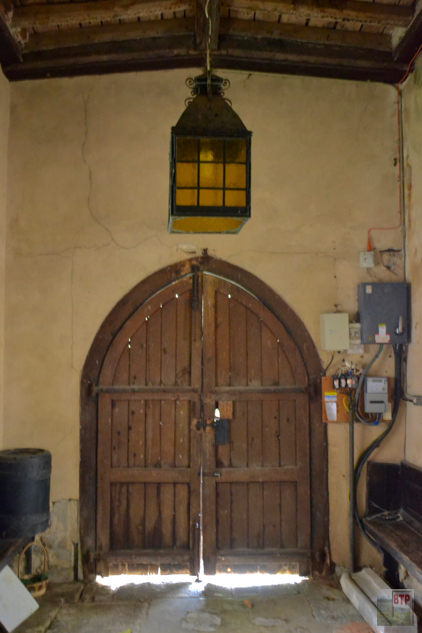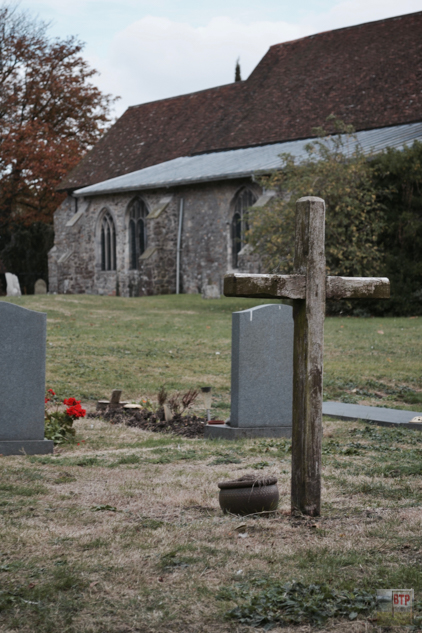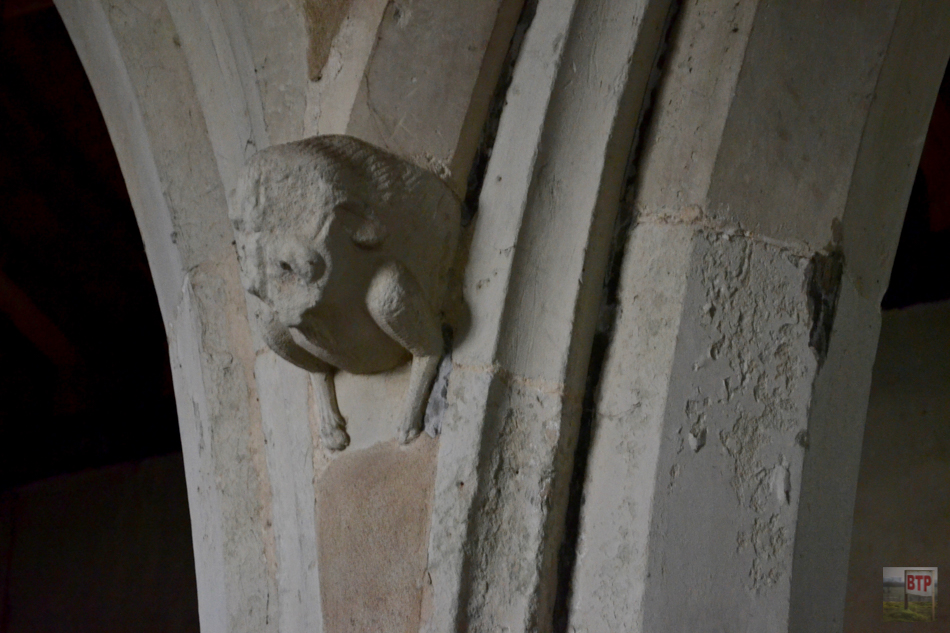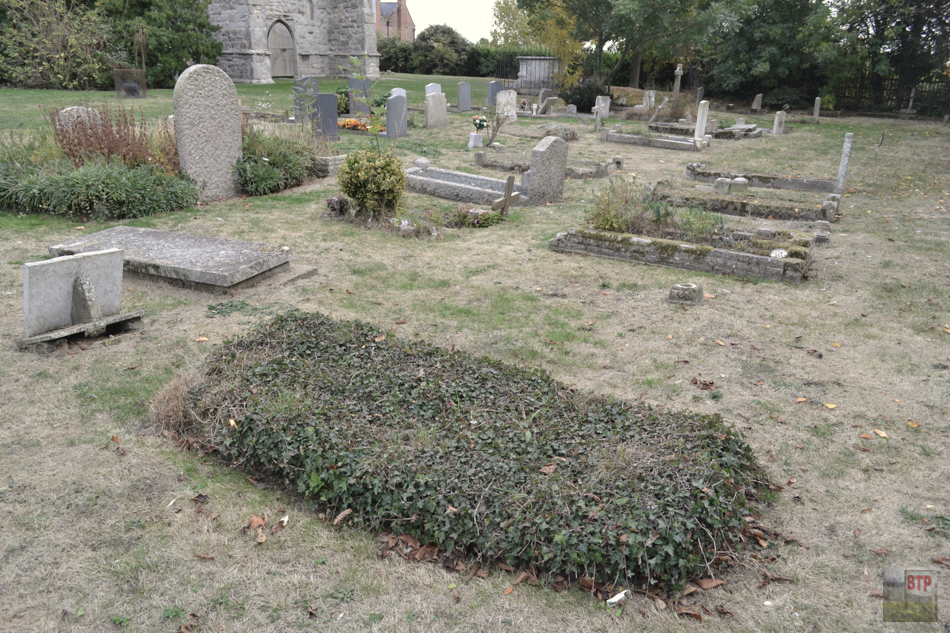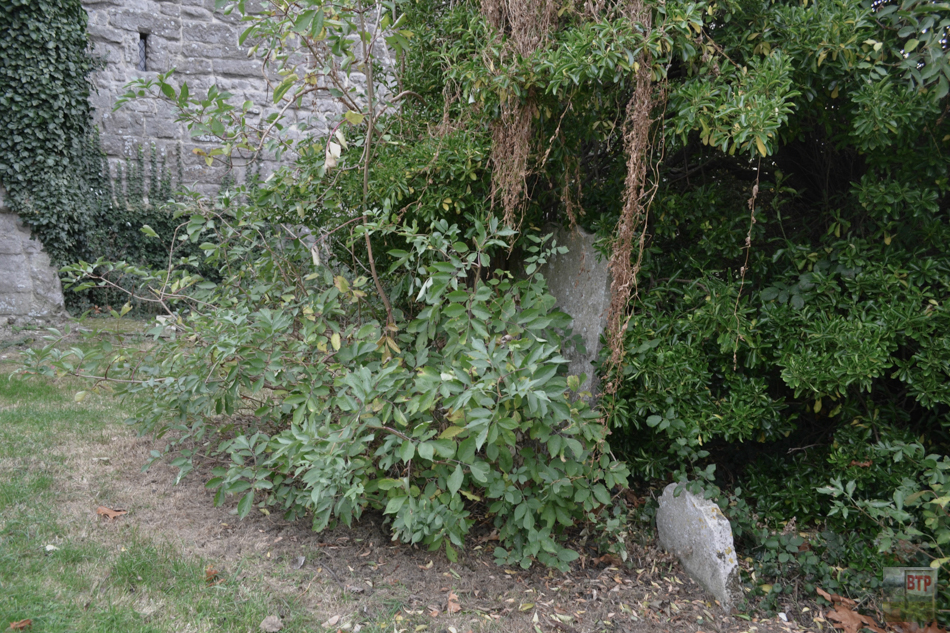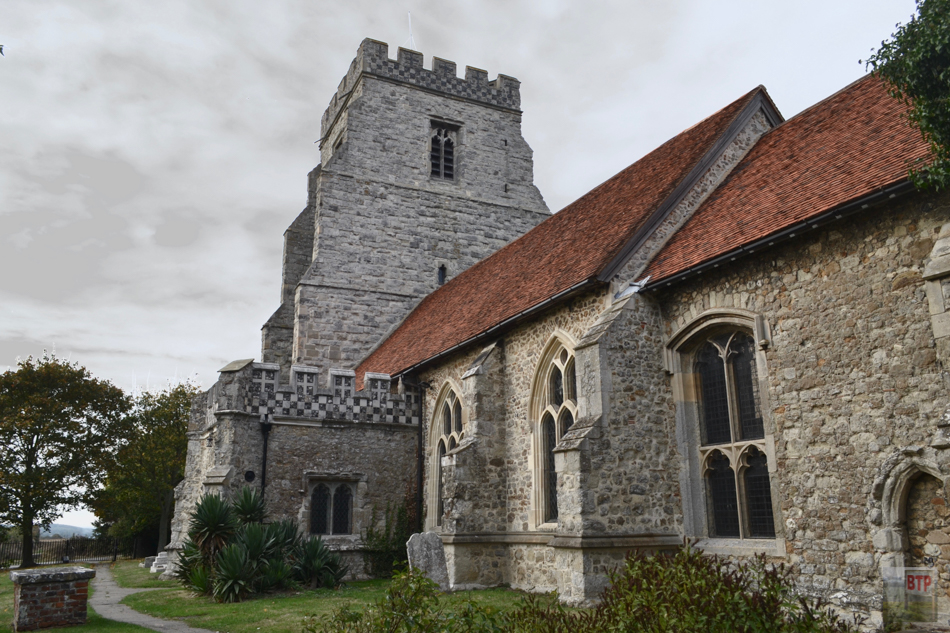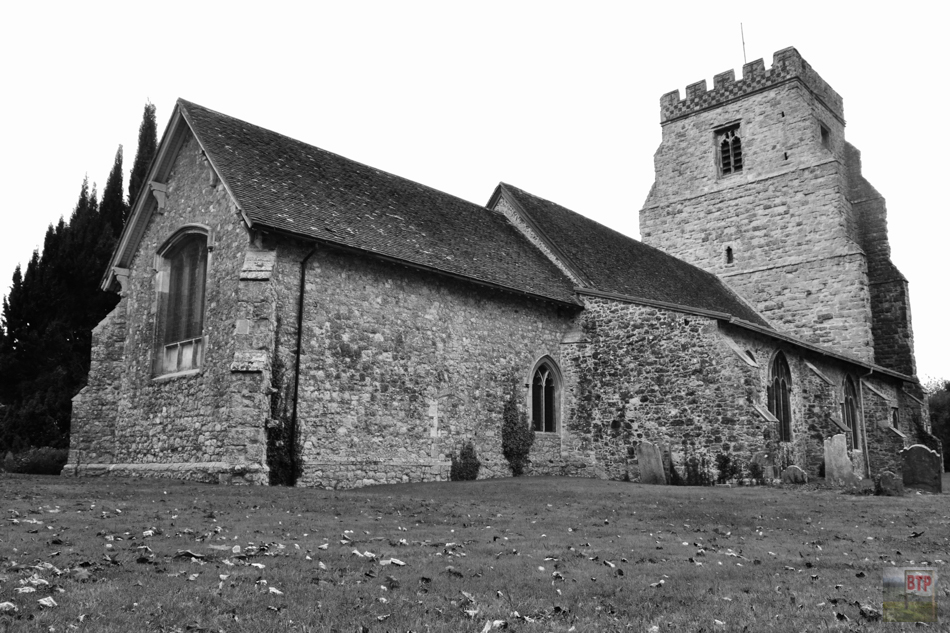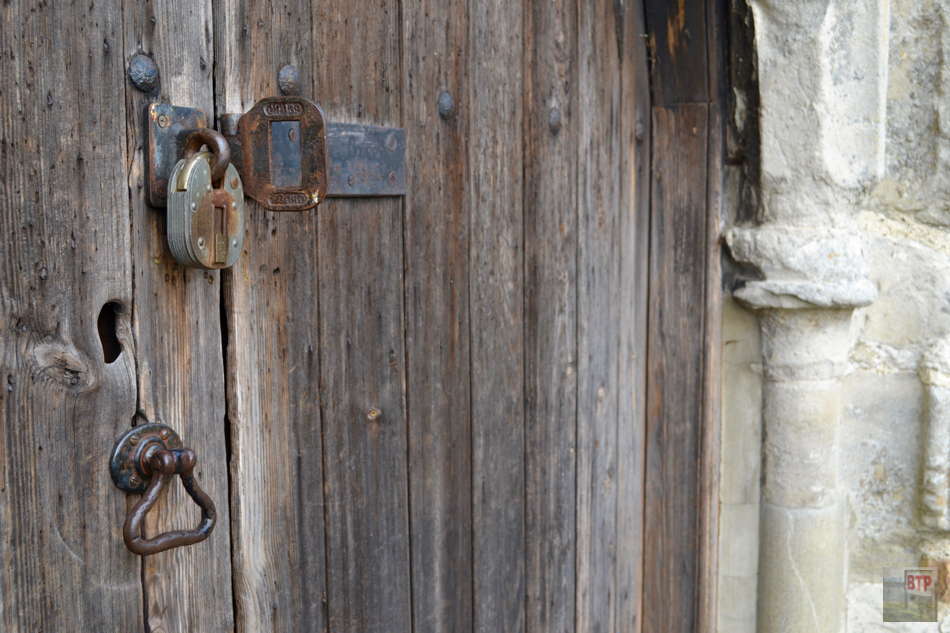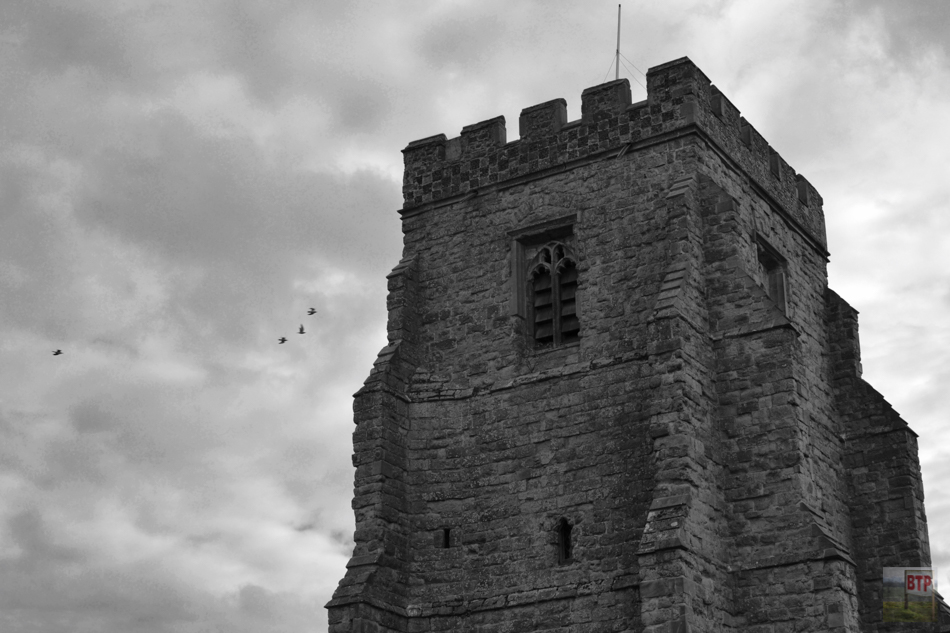For Halloween this year, we thought we would investigate the vast and endless folklore of one of the most isolated and eerie places in Essex. Carrying on from last year’s Halloween coverage on the Leigh Witch Trials, this lonely village has similarly sinister connections. Even on our brief visit we were greeted by the footsteps of demons, animal carcasses around the grave-stones, and a dug-up tomb where the the Devil is said to live. Canewdon is an isolated village closer to the River Crouch, tucked behind the hills of south Essex and overshadowed by the River Thames, than to any nearby town; the closest being Rochford four miles south. Visiting there was a challenge even in the 21st Century – a 30 minute bus ride from Southend highstreet only departs four times a day. If we missed the 4:30 bus back, we would’ve had a two and a half hour walk on our hands on our hands. It is easy to see why Canewdon generated so much superstition over the past several-hundred centuries – not only did stories of the supernatural emerge within the local population, but people from the surrounding area two hundred years ago believed that Canewdon was inhabited by witches!
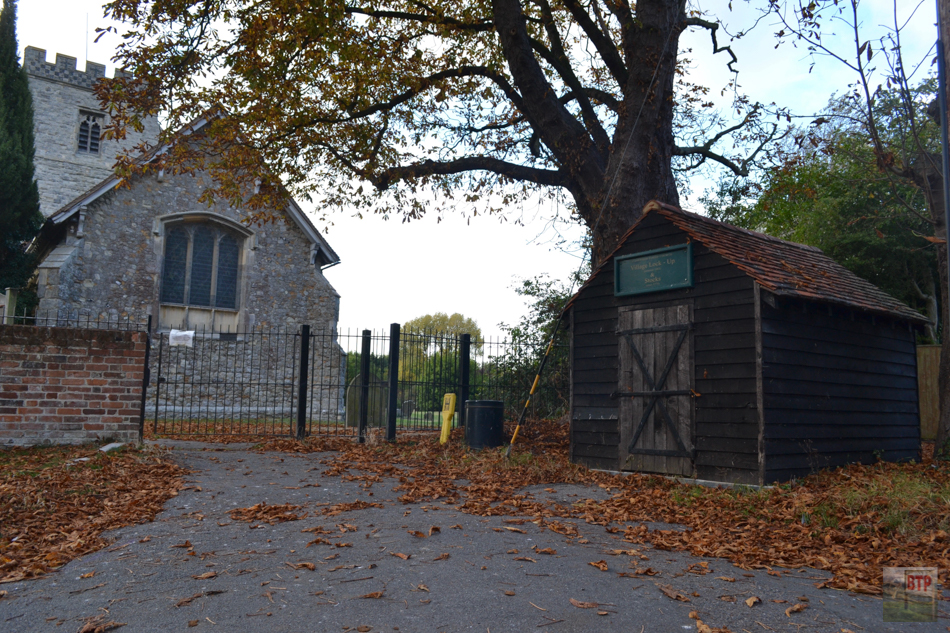
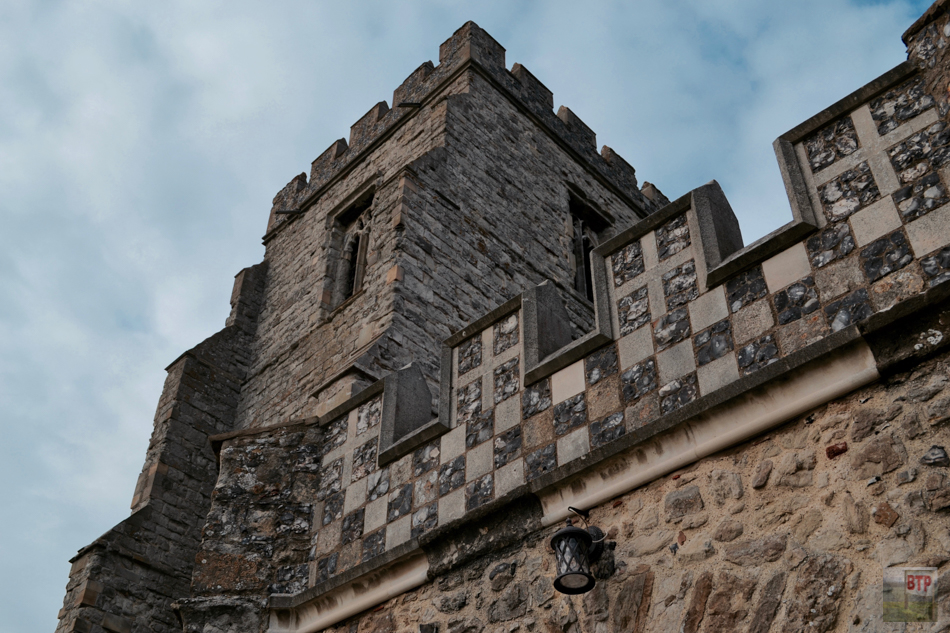
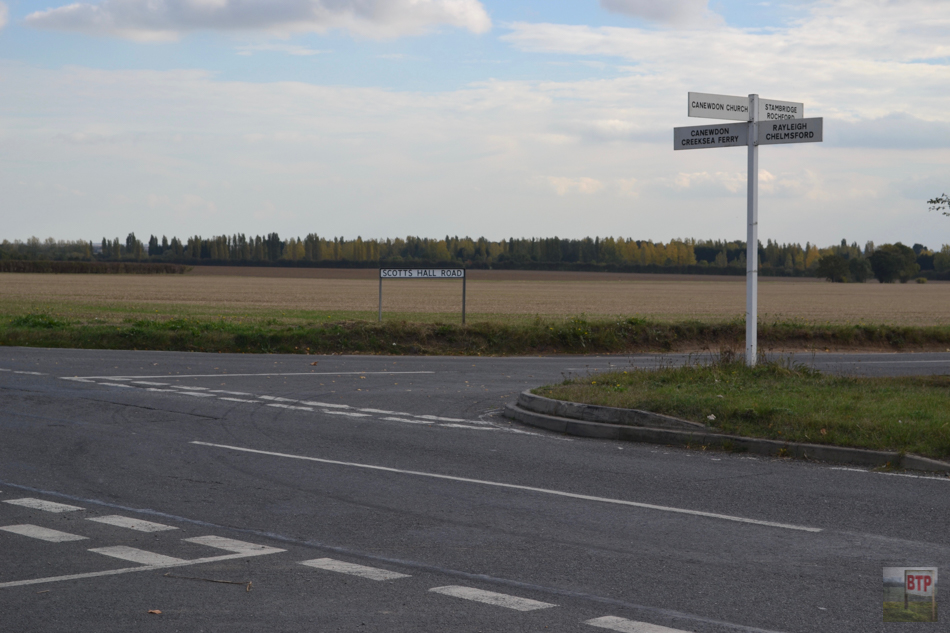
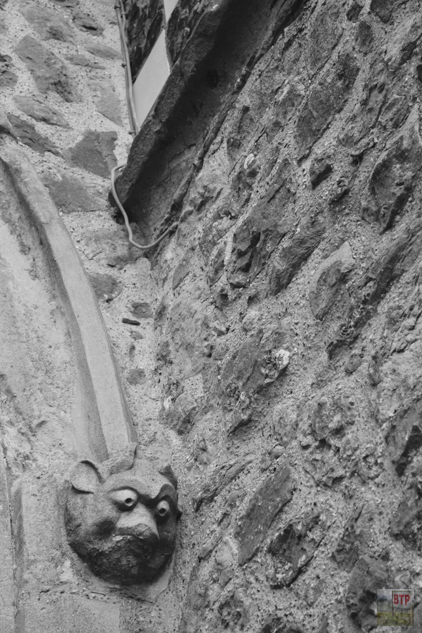
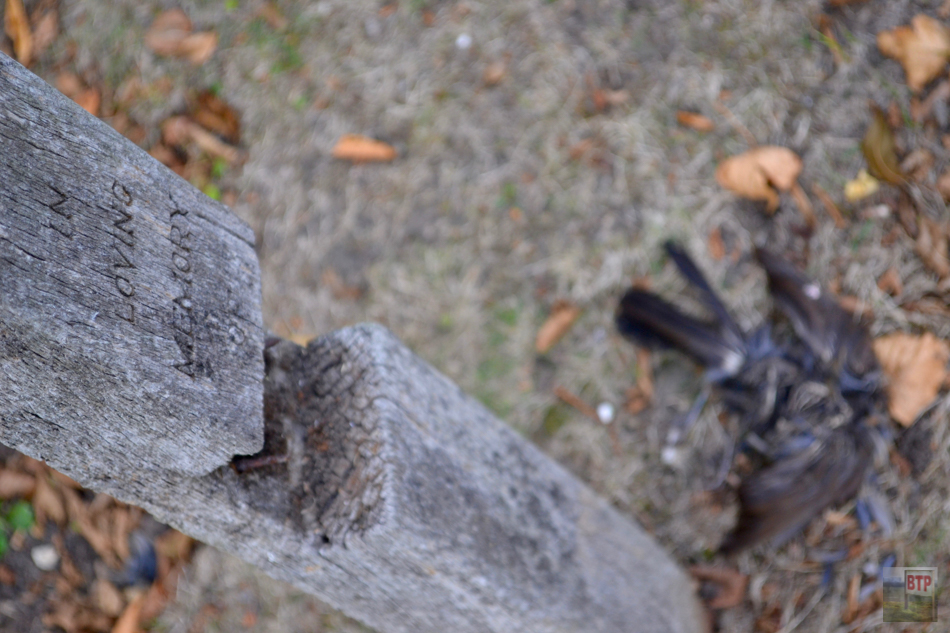
St. Nicholas’ Church is a structure dating back to the 1300s and over the years since has developed a colourful spooky history in local legend. We thought this church was closed despite it being open to the public until roughly 6 every day. By chance we found our way in via three equally-difficult doors within the porch just as we were about to leave. The interior was silent and empty. Word says that as long as the steeple stands, six witches remain in the village. If a stone falls, one witch dies and another has taken its place. The 15th century tower was built onto the original church to commemorate the English victory of the battle of Agincourt. Unlike other Essex villages where many innocent people were ‘tried’ for being a witch in every town, only three women ever met this fate. This suggests that perhaps witchfinder general Matthew Hopkins actually steered clear of the village in fear of its ‘evil’ occupancies. Stories say that people walking by the church have been known to have been grasped by an invisible headless ghost and thrown into a nearby ditch, and that a grey lady drifts from the churchyard to the River Crouch; the ghost of a witch who met a sorry fate hundreds of years ago. Others say that if you run around the church anticlockwise on Halloween or midnight, the devil may appear, you may be forced to dance with witches, see a ghost atop the tower, or even travel back in time through a portal!
‘Cunning-men’ were actual magicians, notorious in the several centuries before our own. It is important to remember that whilst nobody was shooting fireballs out of their hands, magic really was a real part of life for people in the way that religion is today. One such cunningman, George Pickingill, lived in Canewdon in the late 1800s. He apparently had covens of witches scattered across the South-East, and one of their gathering points was at St. Nicholas’ church. This is thought to have began the witch folklore surrounding Canewdon.
Adjacent to the church stands an old wooden shack with thin-slitted iron windows and a pair of stocks inside. This was the village lock up, built around 1775 and still standing in good condition. Following the village’s morbid past, lock-ups were buildings common in villages throughout the 18th and 19th centuries for shutting away the drunken and disorderly, thieves, and petty criminals. Another creepy place is Butts Hill Pond, at the northern edge of the village. Partly dried up and full of twigs and debris, it is easy to agree with the possibility that it was once used to dunk the trialled witches. The central village buildings are very historic too, such as the Anchor Inn which too holds tales of hauntings.
In recent years supernatural figures have reportedly seen in the churchyard, and even Most Haunted have visited the church to investigate. Apparently the church is cordoned off by police every Halloween to stop the flocks of scare-seekers that visit. The investigations of historian Claire Smythe find that the witches were known for their ability to puncture the tyres of anyone going to the village by bicycle. Continuing onto modern times, her car wheel had punctured after she has left it outside the church on a visit one evening after it had held up for five years! Back in the 1980s, people reportedly saw a small humanoid demon running down the central street just as fast as a man fleeing on his motorbike. Our own visit to the churchyard proved eerie – seen in our photographs. The gravestones are confined only to very small corners of the church grounds, and some of them are unnamed, wooden, and decaying. One reads ‘in loving memory of _’ where the second support with the name on has long since gone. Below it lies a rotten bird carcass. A large altar-tomb stands barred off in an iron cage, with a small freshly dug-out hole leading to it’s burial area underground exposed – as if the undead within scampered away into the night. It is easy to imagine that the Devil really does live in there, rattling his chains as rumour holds. The church sports the gargoyle of a witches cat on one of its sides. Nearby lies several graves completely overgrown and shrouded by the bushes. Our approach to the church was greeted by large widely-spaced three-toed footsteps wet on the tarmac road outside. Could these be from the webbed feet of a demon? They were simply too wide for a human being.

